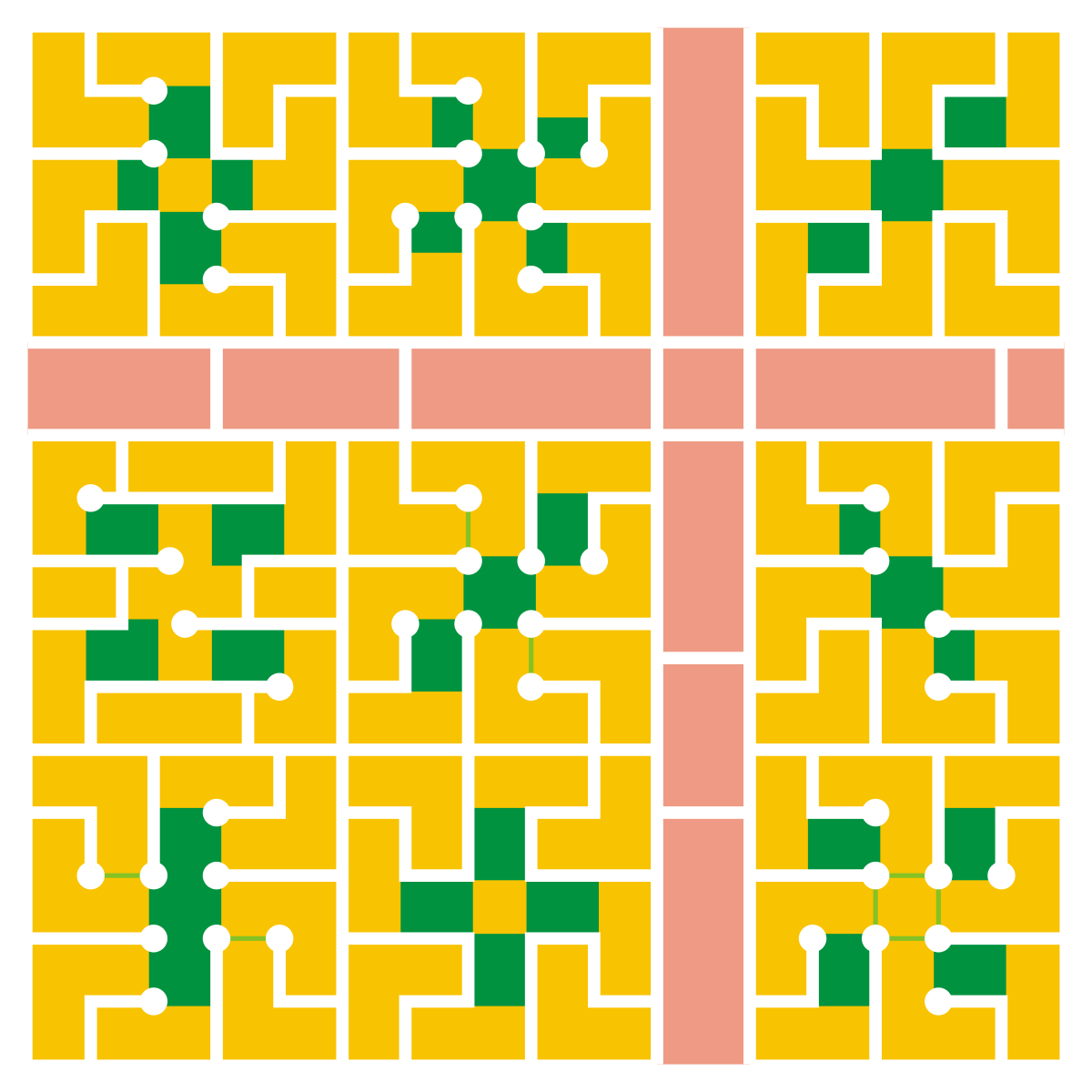Camillo Sitte The Art Of Building Cities Pdf Printer
Camillo Sitte’s The Art of Building Cities is one of the acknowledged cornerstones of the whole edifice of books I really love about architecture and public space.
2013 Reprint of 1945 Edition. Full facsimile of the original edition, not reproduced with Optical Recognition Software. Camillo Sitte (1843-1903) was a noted Austrian architect, painter and theoretician who exercised great influence on the development of urban planning in Europe and the United States.
The publication at Vienna in May 1889 of 'Der Stadtebau nach seinen kunstlerischen Grundsatzen' ('The Art of Building Cities') began a new era in Germanic city planning. Download Tema Doraemon Untuk Hp Nokia N73 more. Sitte strongly criticized the current emphasis on broad, straight boulevards, public squares arranged primarily for the convenience of traffic, and efforts to strip major public or religious landmarks of adjoining smaller structures regarded as encumbering such monuments of the past. Sitte proposed instead to follow what he believed to be the design objectives of those whose streets and buildings shaped medieval cities. He advocated curving or irregular street alignments to provide ever-changing vistas. He called for T-intersections to reduce the number of possible conflicts among streams of moving traffic.

He pointed out the advantages of what came to be know as 'turbine squares'--civic spaces served by streets entering in such a way as to resemble a pin-wheel in plan. His teachings became widely accepted in Austria, Germany, and Scandinavia, and in less than a decade his style of urban design came to be accepted as the norm in those countries.
Despite being written over 120 years ago, Camillo Sitte’s most famous work is still seen as relevant today as it was when published in 1889. City Planning according to Artistic Principles is not purely an attack on the modern planning systems of the time, but an attempt to define a unity between modern and artistic methods through the creation of suitable public space. Upon its publication a new breed of theorists and practitioners developed who were concerned with the city and its planning. Camillo Sitte was born in Vienna and it was here where he conducted the basis of his work. Whilst Sitte trained as an Architect, he had a strong artistic background and found prominence as an academic.
He worked in a time of intense change in European cities as economic factors, sanitation and transport were becoming the most important influences on city planning - planning was becoming an exercise undertaken in plan on the drafting board, not on site in the street or the square. He travelled extensively throughout Europe visiting cities in Italy, France and Germany as well as his native Austria. Through his travels, Sitte observed how these cities had developed and established a set of principles by which he believed cities should be planned. These ideas were based primarily on the plaza and associated public space and were presented in City Planning according to Artistic Principles. The book is mainly concerned with the increasingly technical way our cities were being designed at the expense of traditional artistic methods. Whilst Sitte laments the loss of these artistic methods and techniques witnessed during his frequent travels throughout Europe, he accepted that modern techniques were required in city planning with particular regard to increased levels of hygiene and motorised traffic. Sitte was concerned that impressive modern buildings were increasingly being seen against a backdrop of poor public space as all resources were poured into the architecture of a building, not its surroundings. Download Video Lucu 3gp Untuk Hp Nokia.